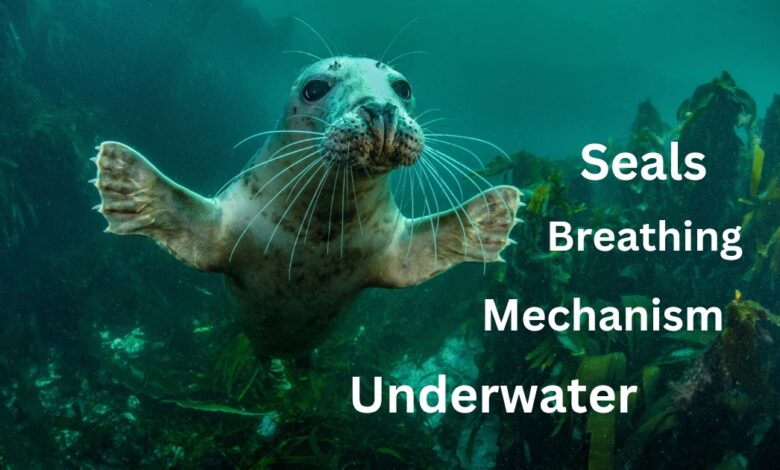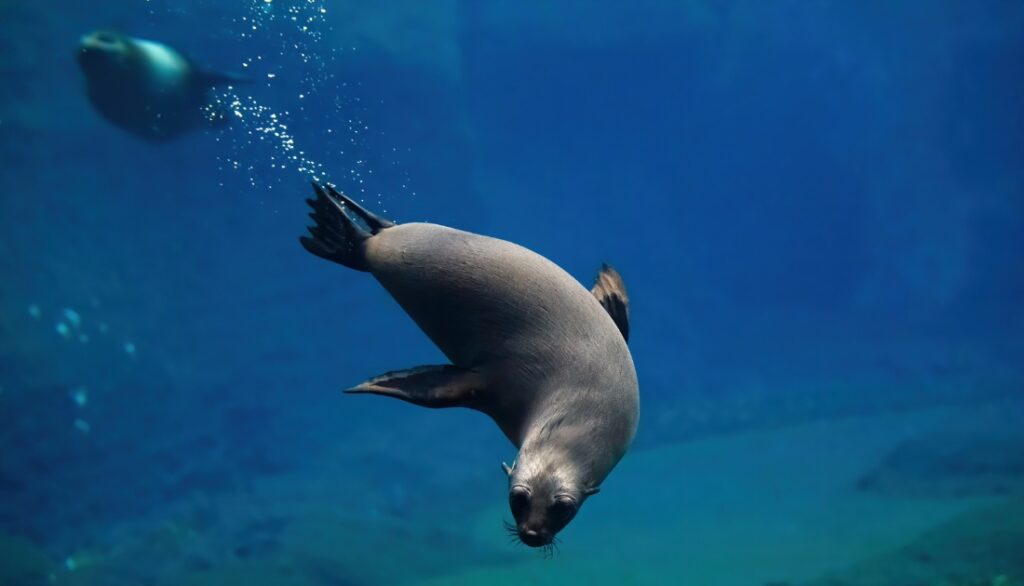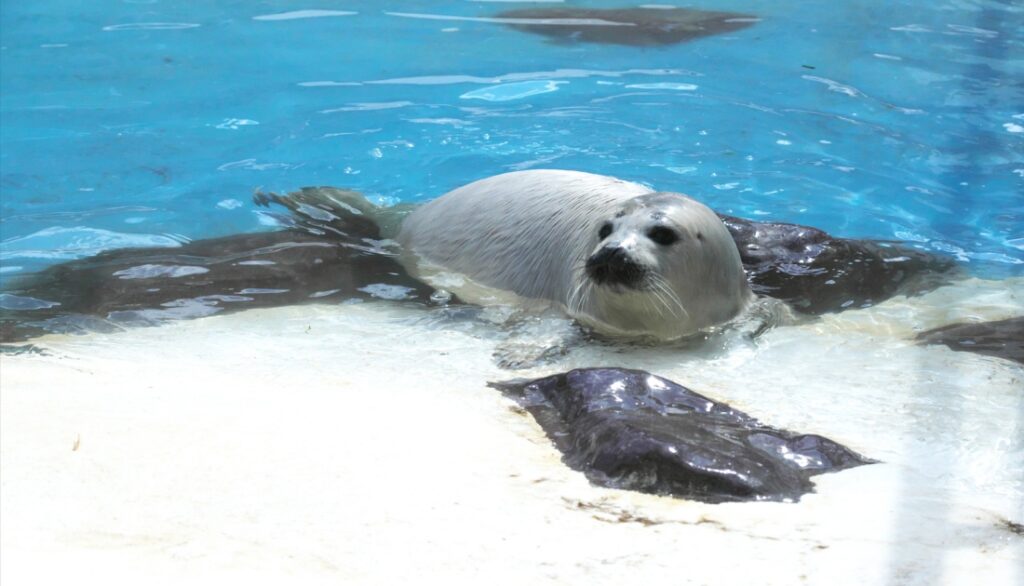Seals breathing mechanism underwater

Seals breathing mechanism underwater
Seals are frequently spotted along the shores of New England, Arctic icebergs, and California waters. Despite being mammals, they cannot breathe underwater.
Nevertheless, seals exhibit an impressive ability to stay submerged for extended periods, often exceeding 30 minutes. This remarkable feat is attributed to their substantial blood and muscle tissue, efficiently transporting oxygen. Furthermore, seals possess a significant amount of a specialized protein that aids in retaining oxygen within their muscles.
Seals oxygen absorption in blood and muscles
Seals, being marine mammals, predominantly inhabit aquatic environments. Despite their affinity for water, they rely on oxygen from the air. Lacking gills, seals cannot breathe underwater, yet their exceptional diving capabilities allow them to navigate extended periods beneath the surface.
Seals possess a unique physiological adaptation involving their muscles and blood, enhancing their underwater endurance. With a surplus of red blood cells and a significant amount of myoglobin – a muscle tissue protein aiding oxygen storage – seals surpass land mammals of similar sizes in oxygen retention.

This surplus allows seals to submerge for extended periods without the need to consciously hold their breath, a departure from human respiratory reliance during underwater activities. The increased blood and muscle mass in seals afford them the ability to store ample oxygen, facilitating their impressive diving capabilities.
Seals special Adoption
Apart from an increased amount of blood and muscle, seals possess another remarkable adaptation related to their hearts.
Under normal conditions, a seal’s heart rate falls within the range of 75 to 120 beats per minute (bpm). However, before diving, they have the ability to significantly slow down their hearts to a rate between four and six bpm.
In conjunction with this cardiovascular adjustment, seals also decrease their metabolic rate and lower their body temperature. This strategic slowing of physiological functions reduces their overall oxygen requirements.

How Long Can Seals Hold Their Breath?
Seals exhibit remarkable underwater endurance, staying submerged for at least 30 minutes, with some, like elephant seals, capable of diving up to two hours. Although their prey often lies near the surface, most dives for various species range between 3-7 minutes. Seals exclusively feed in the water, consuming fish, squids, and even sharks.
Contrary to common belief, seals don’t hold their breath but rather manage oxygen efficiently due to their unique physiology. They can even sleep underwater, maintaining enough brain activity to alert them for oxygen needs and potential threats.
As marine mammals, seals are well-adapted for aquatic life, spending approximately half of their time in the water.
Do seals need to spend time on land
Despite their aquatic adaptations, seals allocate time for land activities. Resting on land is more energy-efficient than constant swimming, and they often choose land for sleeping.
Moreover, seals give birth on land and nurse their pups both in the water and on land. This dual environment provides them with flexibility.

Heading to shore is also a safety measure for seals. Predators like great white sharks and killer whales pose a threat, and by returning to land, seals can evade these dangers and maintain vigilance for potential threats.
Additionally, seals must come ashore to undergo molting, a vital process involving shedding fur and the top layer of skin. During this period, harbor seals even shed their whiskers.
Being on land during molting allows seals to prioritize blood flow to their outer skin layers. In contrast, when in the water, blood flow must be directed to their organs to maintain warmth.
Conclusion
While marine mammals like seals spend the majority of their time in water, they remain mammals, relying on lungs to extract oxygen from the air. Unlike fish with gills, seals cannot breathe underwater.
Seals employ a unique adaptation, utilizing their blood and muscle tissue to store ample oxygen for extended dives. With more tissue compared to animals of similar size and additional oxygen-storing proteins in their muscles, seals are equipped for prolonged underwater exploration.
In contrast to the common belief of breath-holding, seals don’t hold their breath underwater; they exhale before diving to counteract the bends.
Read Also: Can Crocodiles Truly Be Domesticated?




